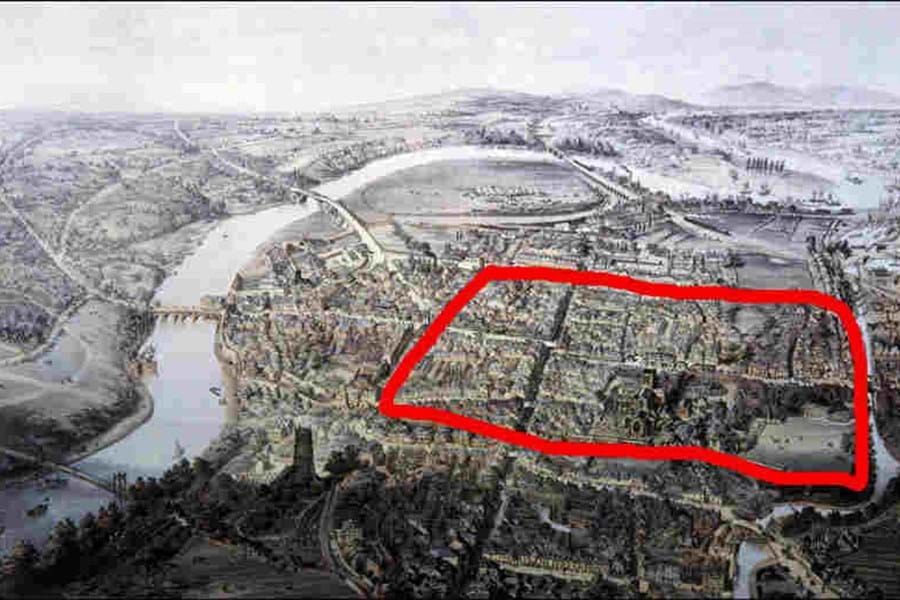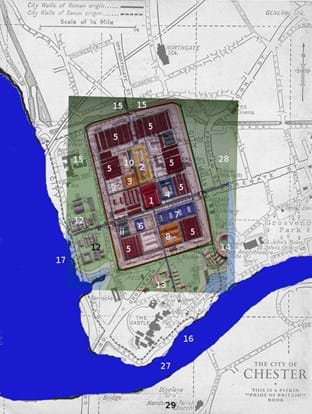The founding of the Roman fort of Deva Victrix at Chester
Find out more about the founding of the Roman fort of Deva Victrix on the site of the historical city of Chester and discover why it was such an important strategic site for the Romans

Chester’s Origins
Chester was first founded in the mid 70’s AD and construction was started by the Roman legion Legio II Adiutrix. However, before construction was completed the legion were relocated to the lower Danube in the late 80’s AD. Legio XX Valeria Victrix (whose emblem is seen on the shields held by the children who take the Deva Roman experience tour), were then sent to Deva to complete the building first in timber then eventually in stone.
Deva Victrix
Called Deva Victrix, it was a Legionary Roman Fortress and Town. Central to Rome’s ambitions to invade Ireland, the fortress was of great strategic significance and was 20% larger than York or Caerleon and sat on the banks of the River Dee. It had its own harbour (now the Roodee Racecourse) and had settlements in the areas now known as Handbridge and Boughton. The construction of Deva was different to other Fortresses, as it had no mortar in the joints and was therefore more skilfully constructed. High status buildings have been found near the site of the old Odeon Cinema and the hospital was larger than that of most fortresses as were the baths and amphitheatre. Deva was well placed to be the residence for the Governor of the Province.

The Amphitheatre
Its famous Amphitheatre was found and excavated in 1929 and is the largest Military Amphitheatre in Britain and half of it is still there to be excavated! At its peak, it held up to 10,000 people and was the stage for theatre, training and perhaps gladiatorial shows for the rich as archaeological finds include gladiator statues and decorated bowls as well as part of a sword handle.
Chester Today
Today, Chester is a thriving City with its Cathedral, City Walls, Rows and history around for all to see. Our Grade 1 listed offices on Bridge Street sit above Roman foundations in an area which, according to the usual layout of a Roman Fortress, would have accommodated nearby Barrack Blocks for the Soldiers and a hospital. Across from our offices were the Roman Baths and the Southern Gate!
More on Roman Chester to come in future installments of John’s Historical Blog!
